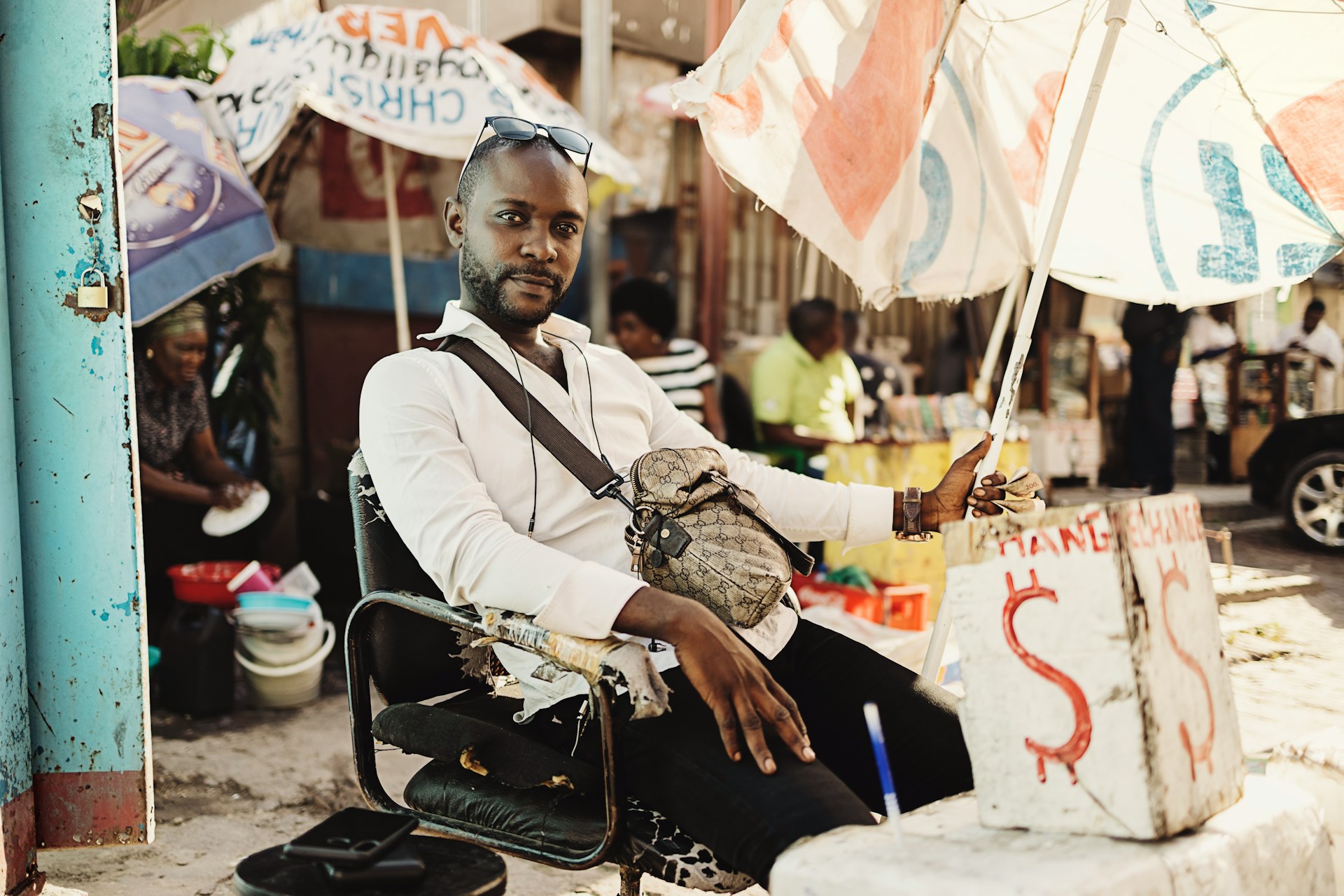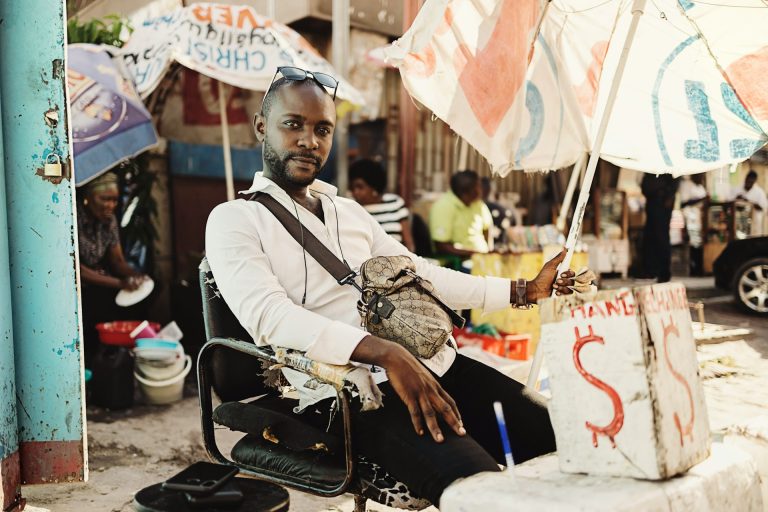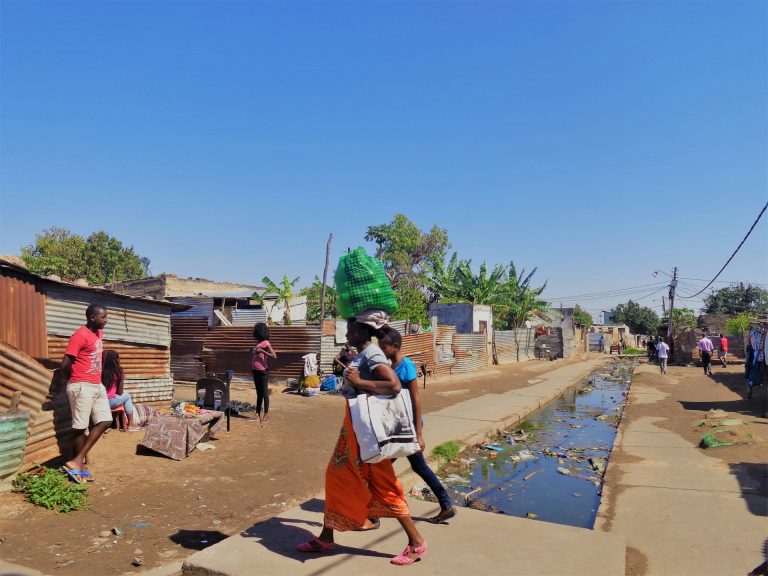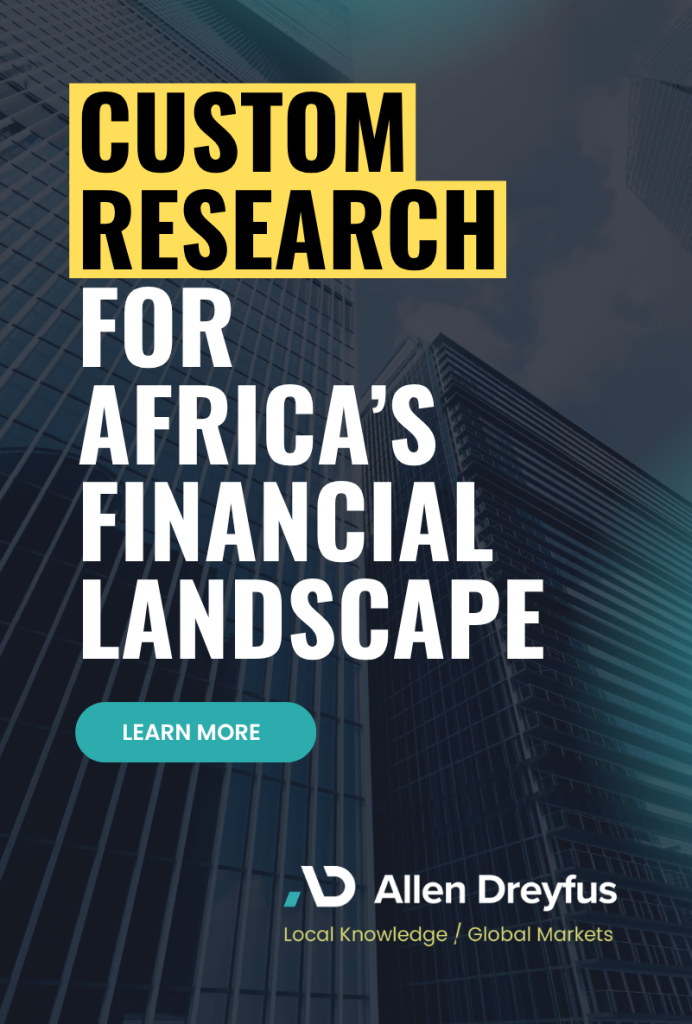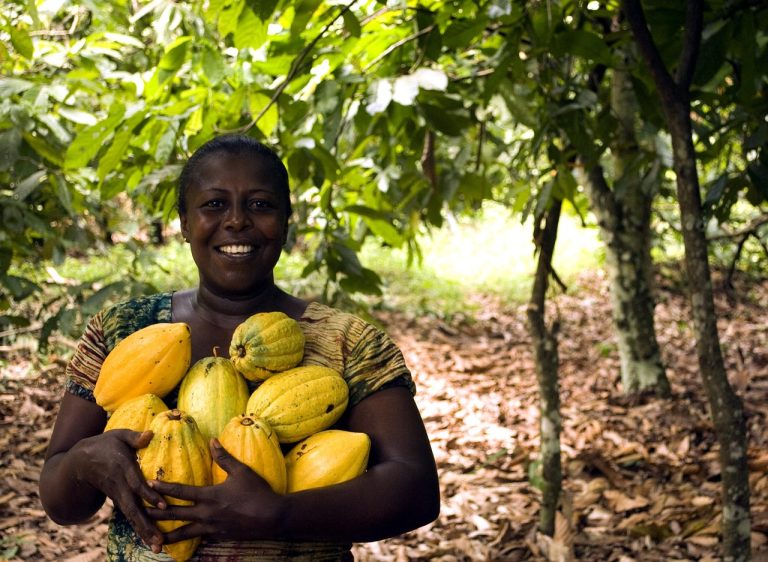- Congo’s $50mn FX injection stabilises Franc but not prices
- Analysts warn measures remain symbolic amid deep dollarisation
KINSHASA, CONGO – A $50 million injection from the Democratic Republic of Congo’s foreign reserves has given the franc a temporary lift, but analysts say the move has done little to address structural weaknesses.
Price levels across key sectors remain anchored to the U.S. dollar, and revenue authorities continue to struggle in a system where more than 90% of transactions bypass the local currency. The central bank’s intervention, delivered at a rate of 2,776 CDF per dollar, has been described as assertive — but largely cosmetic.
Central Bank Governor André Wameso defended the liquidity boost as a stabilising manoeuvre aimed at curbing speculative pressure and restoring confidence in the franc. The currency appreciated modestly, yet domestic prices barely moved.
Dollarisation undermines monetary signalling
This disconnect between monetary action and market behaviour underscores the depth of the Congo’s structural constraints. “The injection may ease short-term volatility, but it doesn’t change the fact that the Congolese economy is overwhelmingly dollarised. Without a diversified export base or credible monetary traction, these measures are symbolic rather than transformative,” an analyst said at a recent economic roundtable.
Economist and monetary adviser Jacques Mutombo warned that behind the currency intervention lies a far larger fiscal vulnerability.
“The real issue is that the state’s revenue engine is narrow and overexposed to mining. Without structural reforms in taxation and export diversification, monetary interventions will continue to chase symptoms, not causes,” he told Allen Dreyfus.
The DRC’s fiscal system remains reliant on mineral royalties and corporate taxes from the mining sector, with non-mineral exports virtually non-existent. Nearly half of the 2025 national budget is allocated to public investment, even as debt levels climb. Revenue agencies, constrained by their inability to tax dollar-based flows, operate on the margins of both formal and informal sectors — weakening budget execution and limiting the government’s ability to deliver infrastructure or social services.
International economists remain sceptical about the long-term impact of the central bank’s approach. “You can’t run a credible fiscal policy when your pricing system ignores your currency,” said Marlon Dick, a senior economist at a Johannesburg investment firm. “This isn’t a turning point – it’s a pause in a longer erosion.”
As one of the world’s leading suppliers of cobalt, copper and tin, Congo’s macroeconomic fragility carries implications well beyond its borders — shaping commodity price formation, supply chain reliability and sovereign risk assessments.
Without sweeping reforms in tax enforcement, institutional transparency and export diversification, analysts warn that the country’s monetary sovereignty will remain precarious, leaving the franc exposed and the broader economy vulnerable to external shocks.
